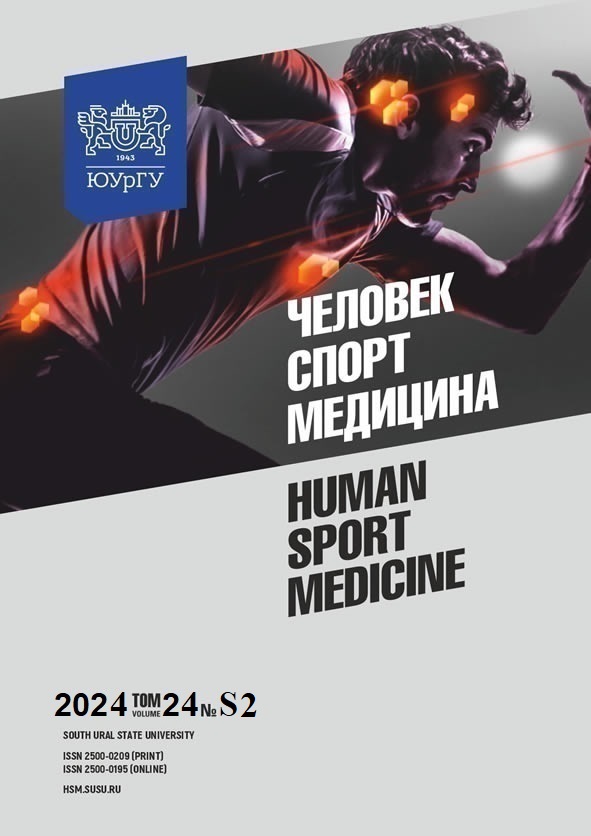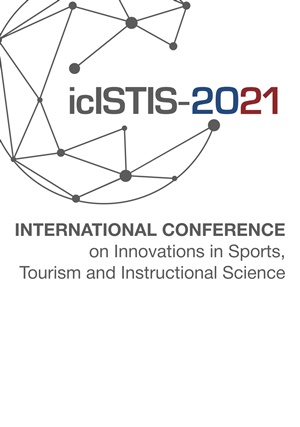RECOVERY MODES AFTER SPRINT AND MIDDLE-DISTANCE SWIMMING FOR PERFORMANCE ENHANCEMENT
Abstract
Aim. This paper aims to enhance the performance of skilled sprint and middle-distance swimmers due to the use of aerobic swimming exercise as recovery between intermittent swimming sets. Materials and methods. Twenty-eight skilled sprint and middle-distance swimmers were recruited for the study. Swimmers were divided into control and experimental groups based on their recovery modes between intermittent swimming sets. The control group used passive rest, whereas the experimental group used aerobic swimming exercise. Results. Comparative analysis revealed a statistical advantage of aerobic swimming exercise over passive rest between intermittent swimming sets, manifesting in enhanced performance across tested distances (excluding the 50-meter sprint), reduced lactate concentration following intensive swimming performance, and increased lactate utilization within the initial nine minutes post-exercise. Conclusion. The results obtained substantiate the effectiveness of aerobic swimming exercise of identical coordination structure over passive rest between intermittent swimming sets. This approach demonstrates potential for improving performance in elite swimmers competing in middle-distance events and partially in sprint distances without inducing additional metabolic byproducts associated with intense glycolytic activity. The observed benefits correlate with increased lactate acid utilization, suggesting a novel strategy for optimizing athletic performance in highly trained individuals.
References
References on translit















